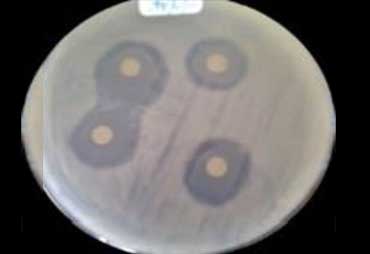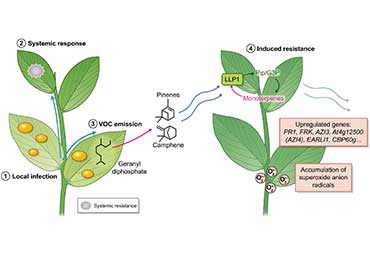
How Potassium Phosphite Control Downy Mildew



1. Direct Inhibition of Pathogen Growth: Potassium phosphite acts as a direct fungicide, inhibiting the growth and reproduction of downy mildew pathogens. It disrupts the cell membranes and energy production processes in the pathogen's cells, similar to its action against other fungi. This disruption leads to the death of the downy mildew pathogen.
2. Stimulation of Plant Defense Mechanisms: Potassium phosphite can induce the plant's own defense mechanisms against downy mildew. When applied to the plant, it may trigger the production of antimicrobial compounds and proteins, such as pathogenesis-related (PR) proteins, that help the plant resist and fight off the pathogen. These defense responses can enhance the plant's ability to defend itself against downy mildew infection.
3. Systemic Protection: Potassium phosphite is often taken up by the plant and transported systemically, moving throughout the plant's vascular system. This systemic action ensures that the entire plant, including new growth, receives protection against downy mildew, even if the treatment is applied only to specific parts of the plant.
4. Long-lasting Residual Effect: Potassium phosphite can provide residual protection, remaining active in the plant for a period after application. This can help prevent the development of new infections and the spread of downy mildew within the plant.
5. Resistance Management: Using potassium phosphite in combination with other fungicides with different modes of action is a recommended practice to reduce the risk of downy mildew pathogens developing resistance to treatment. Rotating or alternating between different fungicides can help maintain their effectiveness.
6. Low Phytotoxicity: Potassium phosphite typically has low phytotoxicity, meaning it is less likely to harm the plant when used as directed, making it a relatively safe option for disease management.





